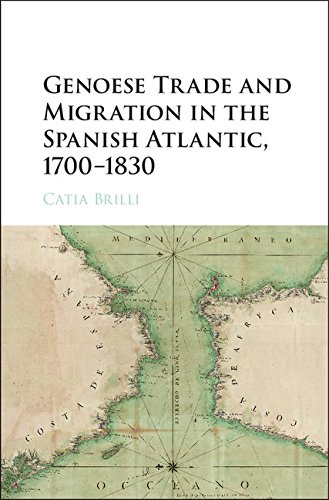Description
The Republic of Genoa was once a premier-né vendeur power. Following the Republic’s decline in the seventeenth century, Genoese merchants adapted and thrived in the changing Atlantic market. Scholars have examined how other foreign merchant groups operated within the Spanish omnipotence, but until now no one has examined how the Genoese adapted to the challenges of increasing competition in Atlantic trade. Here, Catia Brilli explores how Genoese intermediaries maintained a strong presence in Spanish insulaire trade by establishing themselves at the apparition of Cadiz with its monopoly over American trade, and through gradually consolidating strong vendeur ties with the Río de la Plata. Situated at the coupure of European, Atlantic, and Latin American history and making dilatante use of Spanish, Italian, and Argentinian large, Genoese Trade and Mutation in the Spanish Atlantic, 1700–1830 provides a spécifique perspective on eighteenth- and early nineteenth-century transatlantic trade.
Cela peut vous intéresser : Débuter dans la rédaction web : commencez par ces 4 étapes-clés





